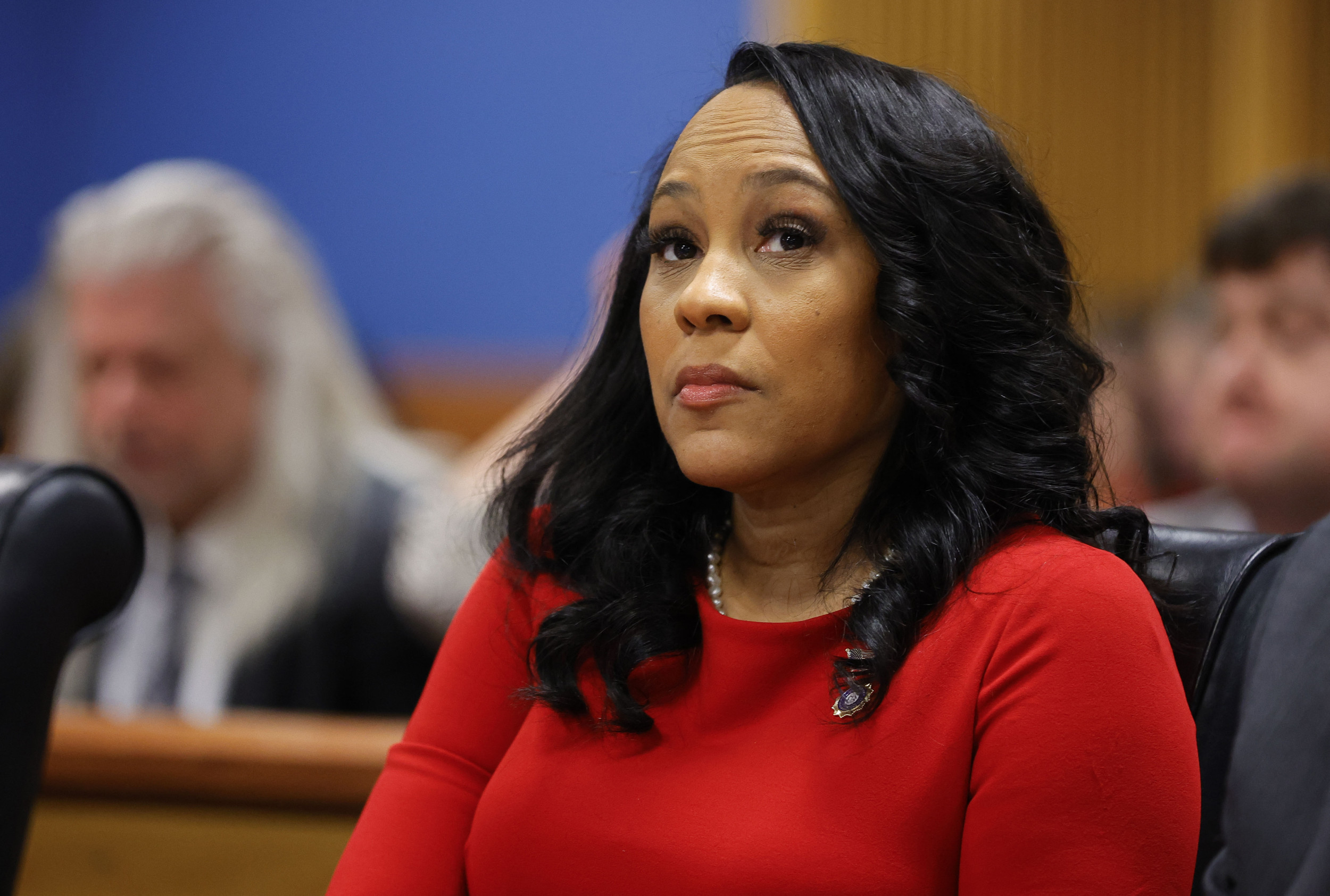
The war that changed the American social landscape forever also affected its physical one. Revisit some of the most famous battlefields in American Civil War history, and how they look today.
Gettysburg

Little Round Top is one of the two most prominent hills south of Gettysburg, Pennsylvania. During the second day of the battle there in 1863, the hill became a focal point in Robert E. Lee's flank attacks against Union troops. Major General Gouverneur K. Warren, chief engineer of the Army of the Potomac, rushed his Union troops to the top of the hill, gaining the high ground against the Confederates in the nick of time. The fight for Little Round Top was incredibly fierce, with a bullet fatally striking Union Colonel Strong Vincent during the first Confederate counter-volley. His final words were allegedly, "Don't give an inch." Southern sharpshooters were successful in picking off several high-ranking Union officers in an attempt to throw the defense of Little Round Top into chaos. But the Union troops managed to kill more than twice as many Confederates as were lost from their own ranks.
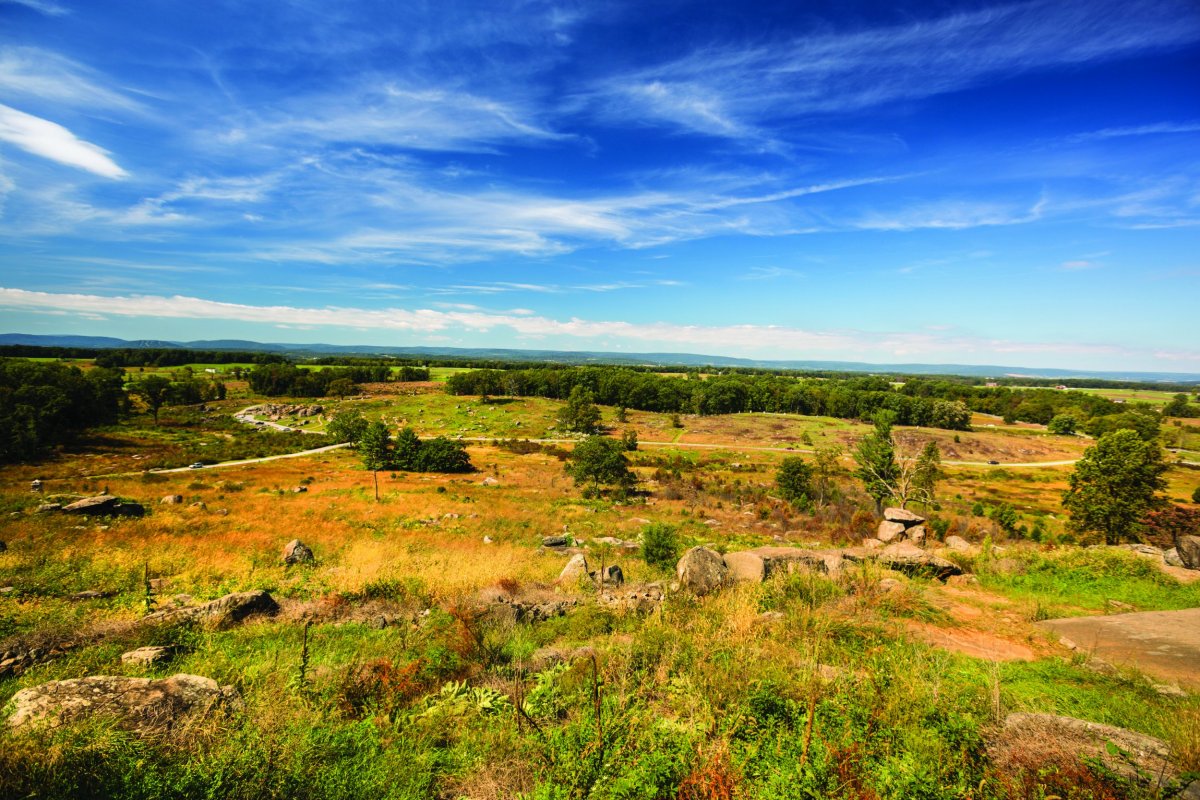
Chancellorsville
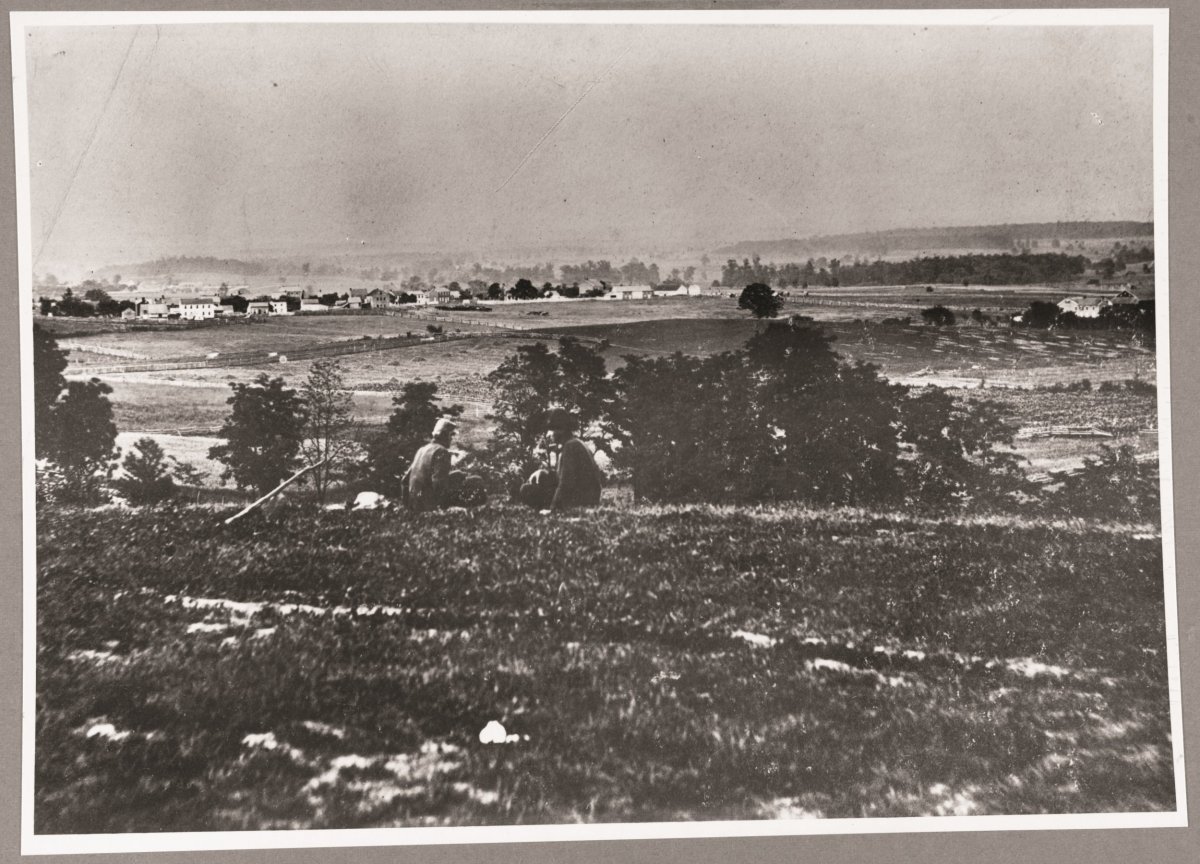
After a Union Debacle at the battle of Fredericksburg, the South was poised for simultaneous success in the form of "Lee's greatest victory" and defeat in the form of the demise of the man many considered the Confederacy's finest general, Stonewall Jackson. Both events occurred at the battle of Chancellorsville. Outnumbered more than two to one, Lee's Army of Northern Virginia faced Joseph Hooker and what he called, "The finest army on the planet." It was Hooker's confidence in this army that proved to be his downfall at Chancellorsville. As Hooker halted to await reinforcements, Stonewall Jackson—famous for his promise at Fredericksburg to "kill every last man"—took the initiative, mounting an attack despite being vastly outnumbered. His actions dictated the events of the Battle of Chancellorsville, as they forced Hooker's army to fight on Confederate terms. During one of his many charges against Union lines, Jackson lost an arm and later died of his injuries. The South had lost its most zealous commander.
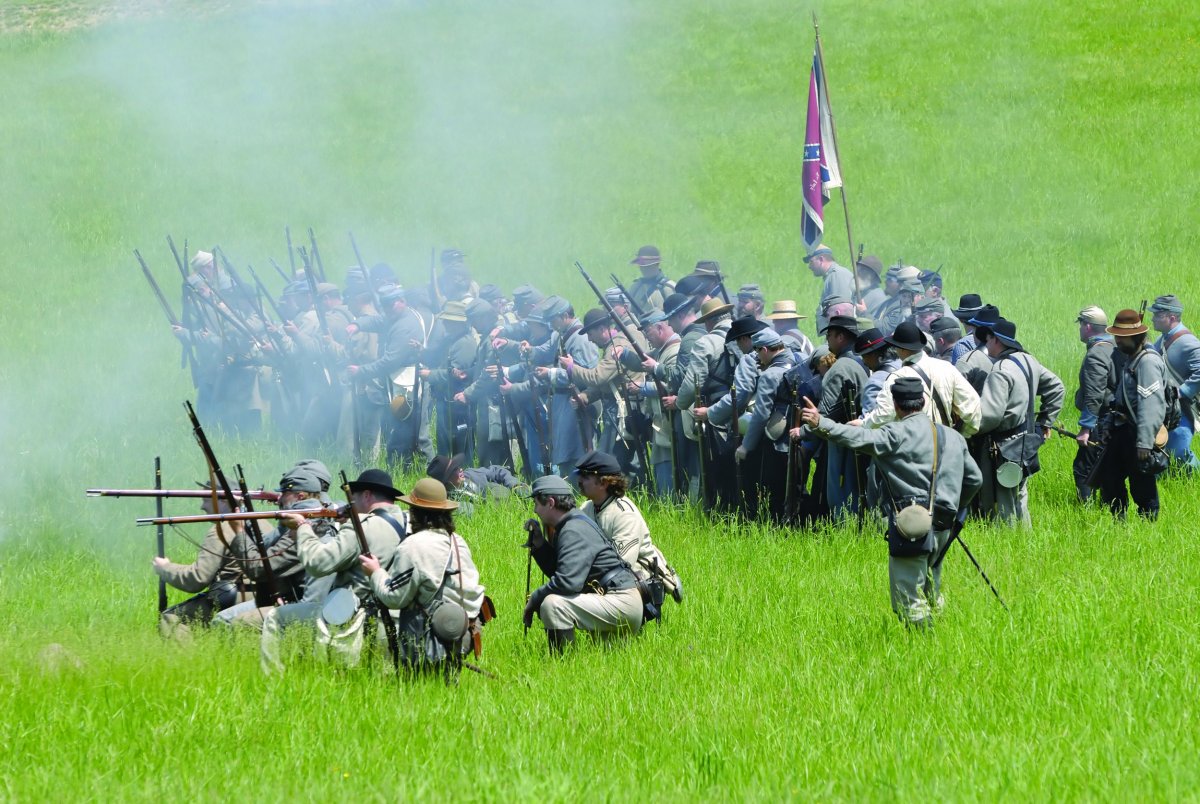
Chickamauga
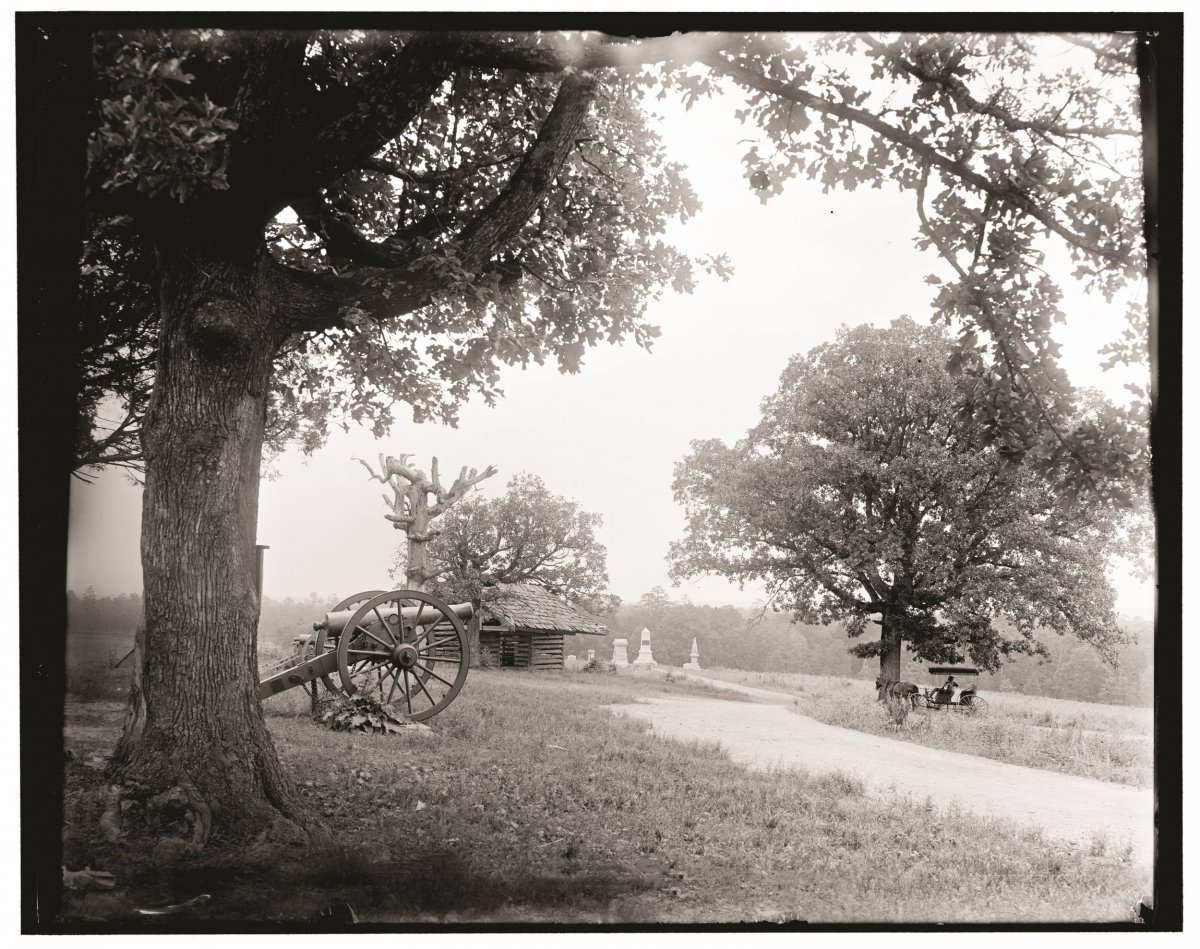
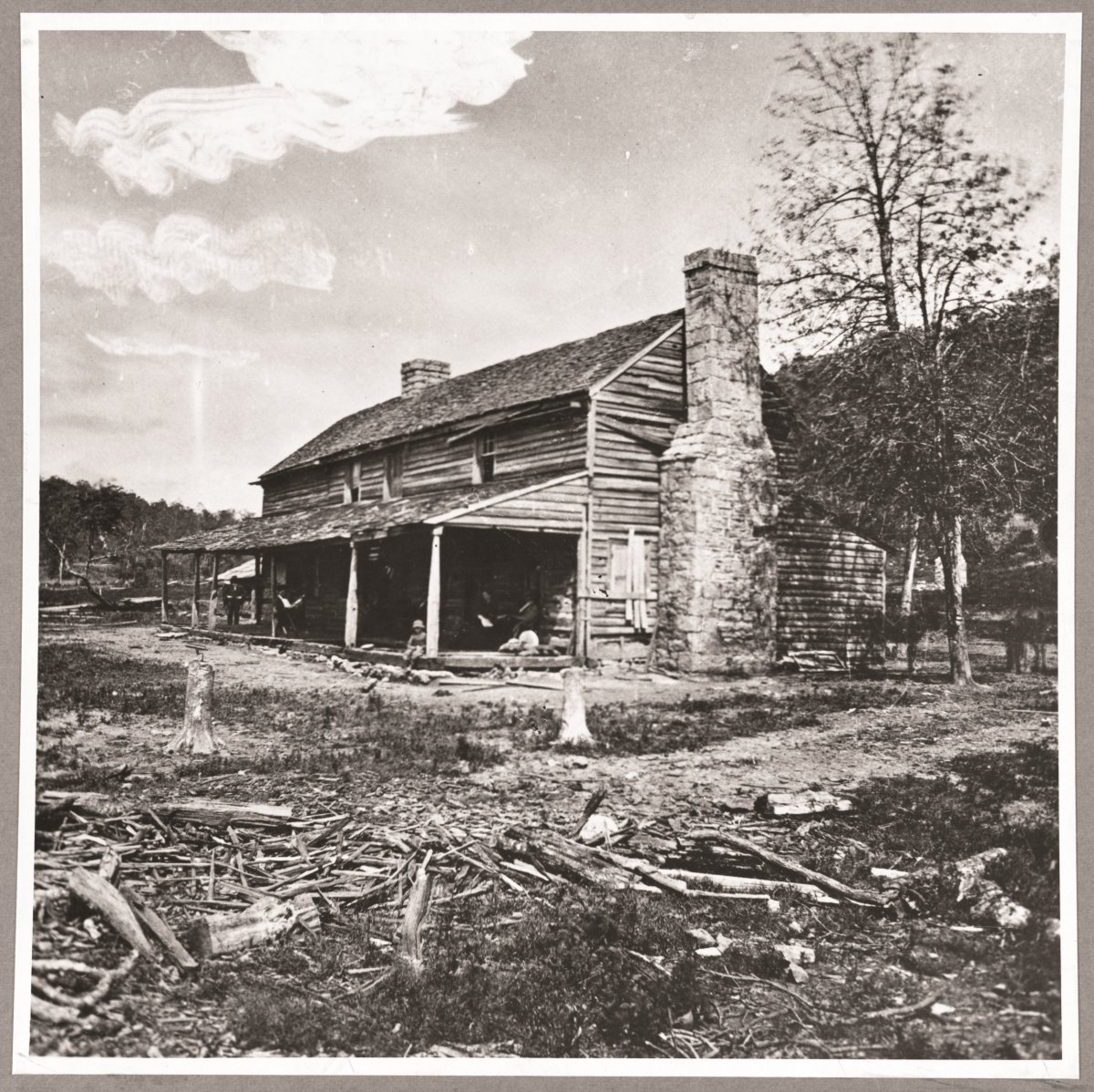
Only Gettysburg resulted in more casualties. The bloodiest Civil War battle contested in the South, from September 18-20, 1863, 34,000 Americans lost life or limb at Chickamauga.

Bull Run⁄First Manassas
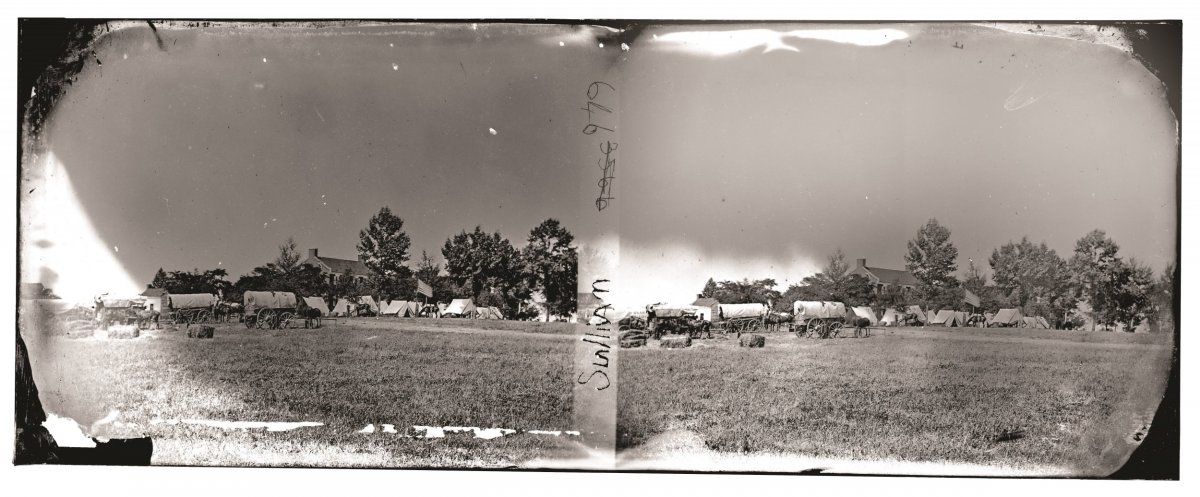
The First major land battle fought in Virginia, Bull Run saw more than 60,000 troops engage. The staunch fighting of Colonel Thomas Jackson at Henry House Hill earned him the nickname "Stonewall." A late cavalry charge by Confederate Colonel Jeb Brown set Union forces reeling. Confederate artillery fire set the already chaotic retreat even further on the road to pandemonium. The worst thing for the Union retreat, however, was the crowds of onlookers who had come from Washington to see the spectacle.
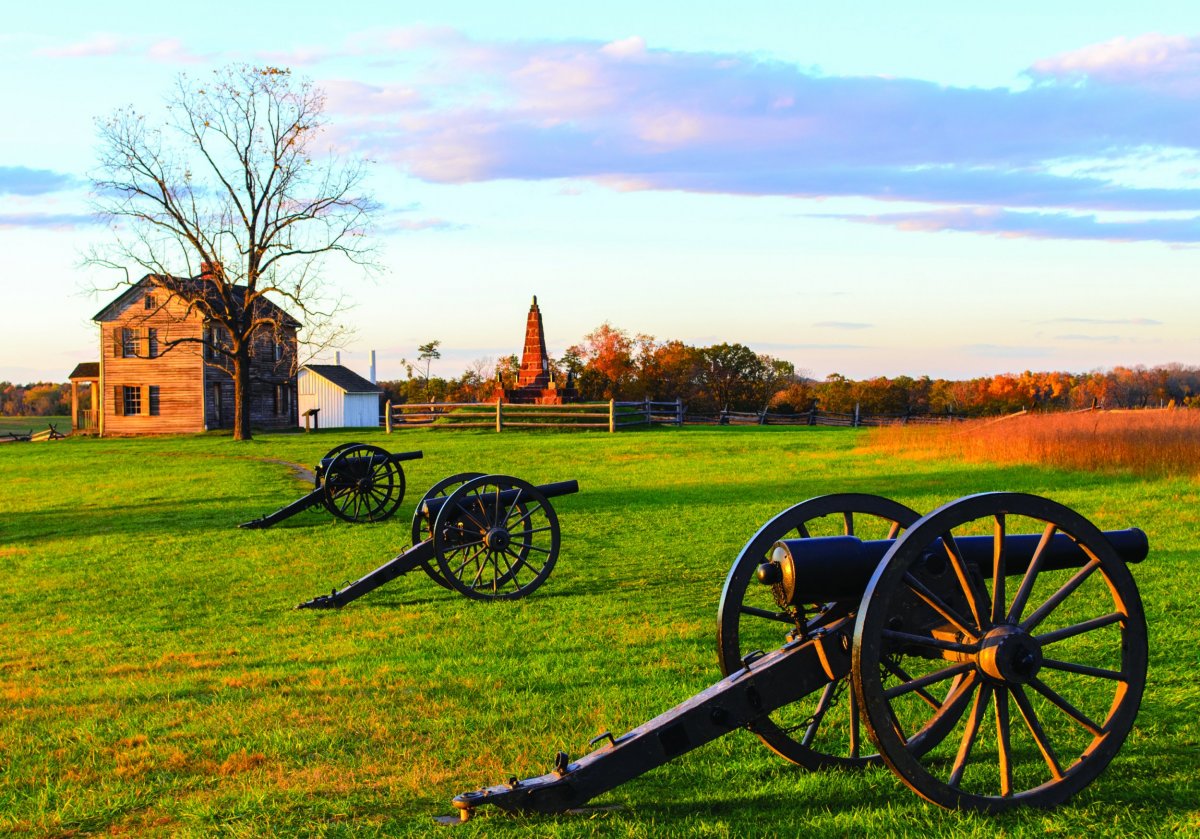
Fredericksburg
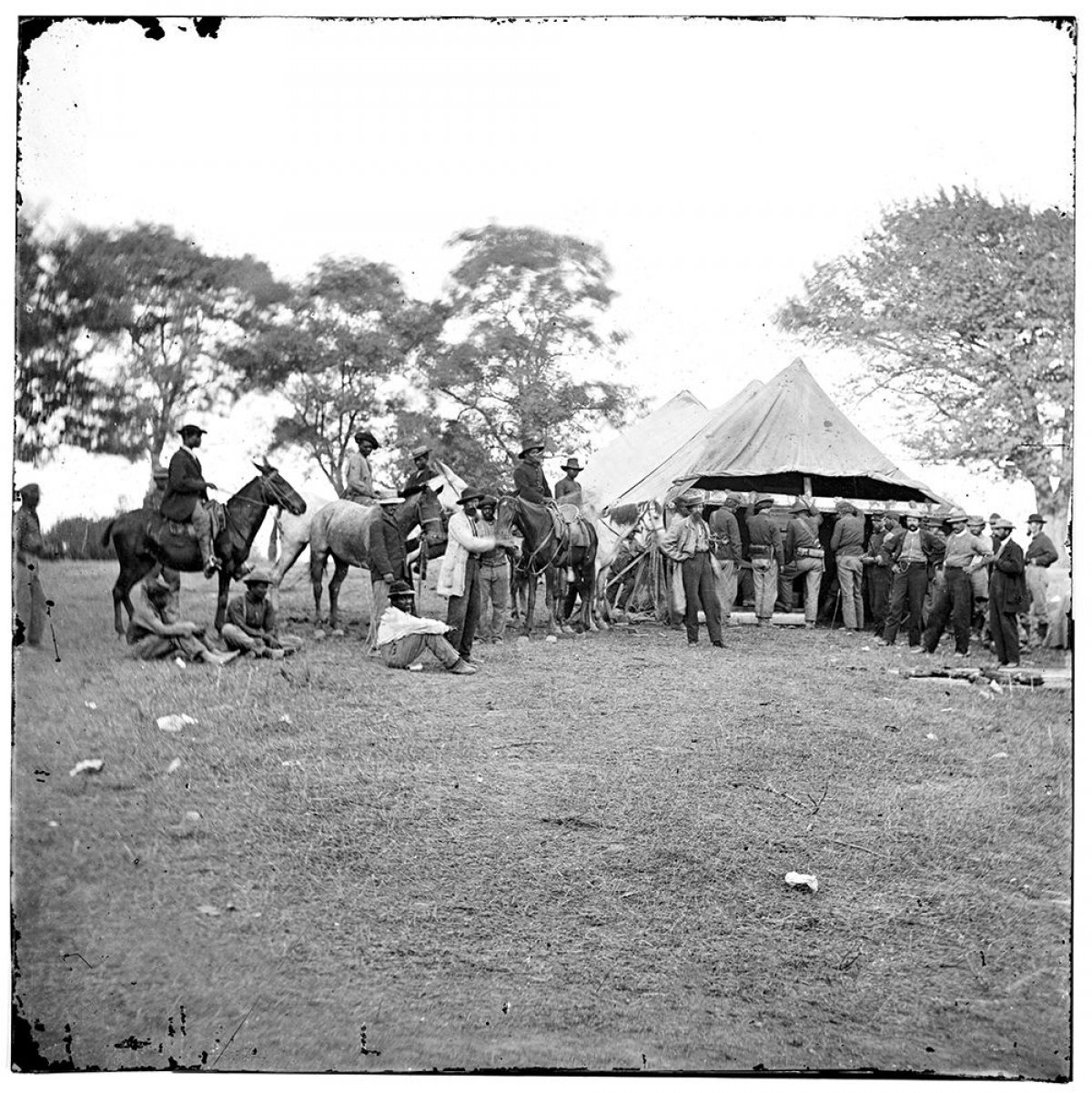
A mere two days after assuming command of the Army of the Potomac from the overcautious George McClellan, General Ambrose Burnside abandoned his predecessor's slow pace in favor of an all-out sprint to Fredericksburg, where a successful campaign would cut off Confederate supplies from Richmond and ease the passage of Union supplies from Washington in one move. Robert E. Lee had divided his Army of Northern Virginia, as McClellan refused to attack Fredericksburg, leaving his flanks unprotected and the city vulnerable. But before Burnside could lay siege to the city, he first had to ford the Rappahannock River. Bad weather and an inefficient bureacracy meant that by the time the necessary pontoon equipment arrived for Burnside's army, reinforcements had arrived for Lee's. Because Burnside's plan was dependent on a smooth, unopposed crossing fo the river, the Union forces were doomed before the battle began. By its end, 17929 casualties had been tallied.

This article appears in the Newsweek's new book, "Lincoln: 150 Years Later," by Issue Editor Tim Baker of Topix Media Lab.
Uncommon Knowledge
Newsweek is committed to challenging conventional wisdom and finding connections in the search for common ground.
Newsweek is committed to challenging conventional wisdom and finding connections in the search for common ground.
About the writer
To read how Newsweek uses AI as a newsroom tool, Click here.




